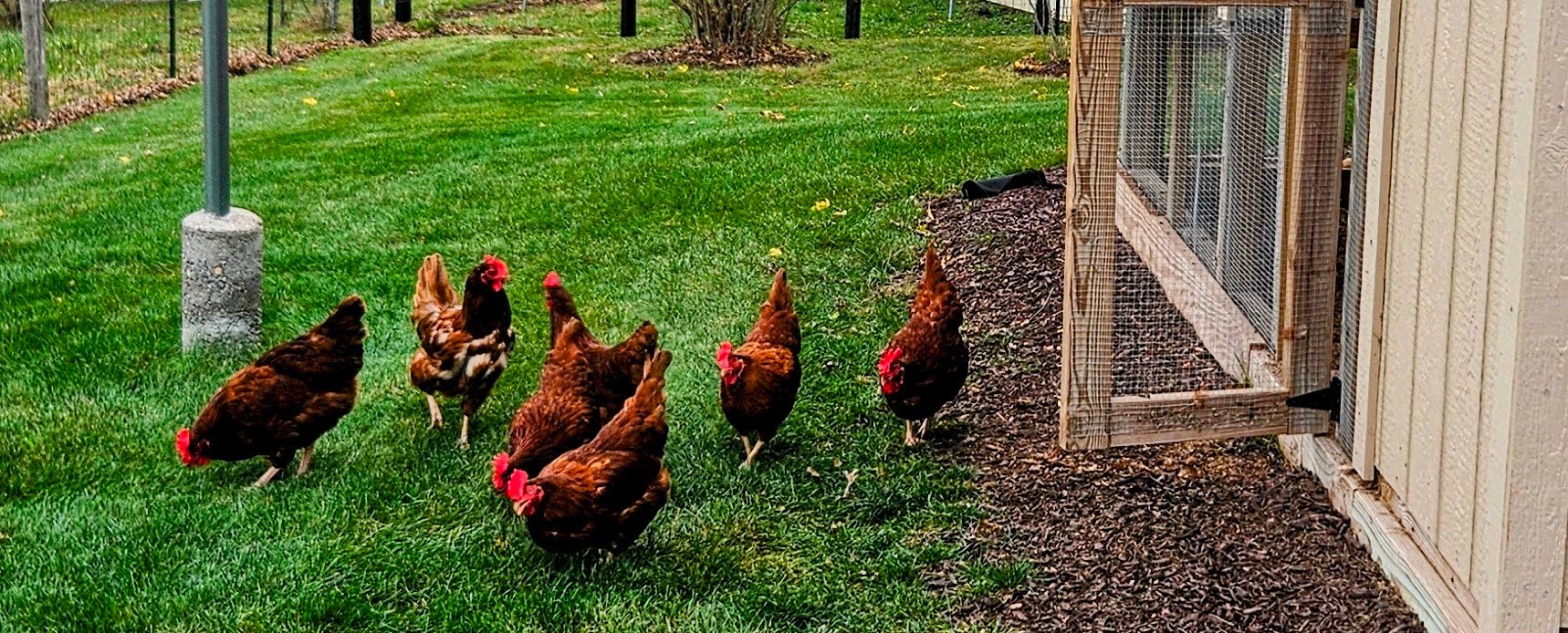
Grow Where You’re Planted: A 4-Part Guide to Garden Location Planning
-1.png?width=64&height=64&name=Untitled%20design%20(31)-1.png)
Part 2: Water-Wise Garden Planning: Why Location and Drainage Matter
When it comes to growing a productive homestead garden, water is second only to sunlight in importance. A well-placed garden saves time, conserves resources, and supports plant health. Yet many gardeners overlook two vital factors: water access and drainage.
Whether you’re working with acres or a small backyard, understanding how water moves through your space can make or break your growing season.
Water Access: Convenience Meets Consistency
Your plants may not care how far your garden is from a faucet — but you will. Hauling water with buckets or dragging hoses across the yard day after day gets old fast, especially during dry spells. When planning your garden, choose a spot with:
- Easy access to a hose or irrigation system
- A nearby rain barrel or water catchment system
- Proximity to your home for regular check-ins
The easier it is to water, the more consistent you’ll be — which translates to healthier, more productive plants.
Drainage: Too Much of a Good Thing
While water is essential, poor drainage can drown roots, create fungal issues, and stunt plant growth. Plants need soil that holds moisture but doesn’t stay soggy.
Look for signs of poor drainage in your yard:
- Standing water after rain
- Mushy, soft ground days after watering
- Stunted or yellowing plants in certain spots
If your chosen site holds water, you have a few options: improve drainage or plant elsewhere.
Choosing a Site with Good Drainage
A gently sloping area is ideal — it allows excess water to drain away without eroding soil. Avoid low-lying spots where water tends to collect. Raised beds can also help if you’re limited on flat land or dealing with compacted soil.
A simple way to test your soil’s drainage:
- Dig a 12" deep hole.
- Fill it with water and let it drain completely.
- Refill it and time how long it takes to drain.
If it takes more than 4 hours, your soil may be too dense or compacted for healthy root systems.
The Power of Container Gardening
If your space has unpredictable or poor drainage, container gardening is your best friend. Containers give you full control over both water access and drainage.
Benefits include:
- Custom soil mixes with ideal drainage
- Drain holes to prevent soggy roots
- Mobility—move plants out of heavy rain zones or closer to water sources
- Elevated setups that avoid ground-level pooling
You can even place containers on patios, decks, or gravel to create a productive growing space where in-ground gardening isn’t feasible.
Tips for Managing Water in Containers
- Use well-draining soil (not plain garden soil)
- Choose pots with adequate drainage holes
- Elevate containers slightly to allow water to escape
- Water slowly and deeply to avoid runoff and ensure roots absorb moisture
Adding mulch to the top of containers can also help reduce evaporation and keep the soil evenly moist between waterings.
Smart Irrigation Planning
Even in container or raised bed setups, thoughtful watering makes a difference. Consider:
- Drip irrigation systems for efficient, hands-free watering
- Timers to automate watering and avoid over- or under-watering
- Watering in the morning, which reduces evaporation and fungal risk
Don't forget to factor in how often you'll be outside — placing your garden in a spot you walk by daily makes it easier to spot issues and water as needed.
Final Thoughts
Location isn’t just about sunlight — it’s about how your plants will get the water they need and how that water moves through your soil. Taking the time to evaluate your garden space for both water access and drainage will save you from frustration and failed crops later.
And if your ground doesn’t cooperate? Containers let you bypass the soil altogether and take control of your growing environment. With smart planning, even a tricky plot can become a thriving, water-wise garden.
.png?width=50&height=50&name=8%20(2).png)

